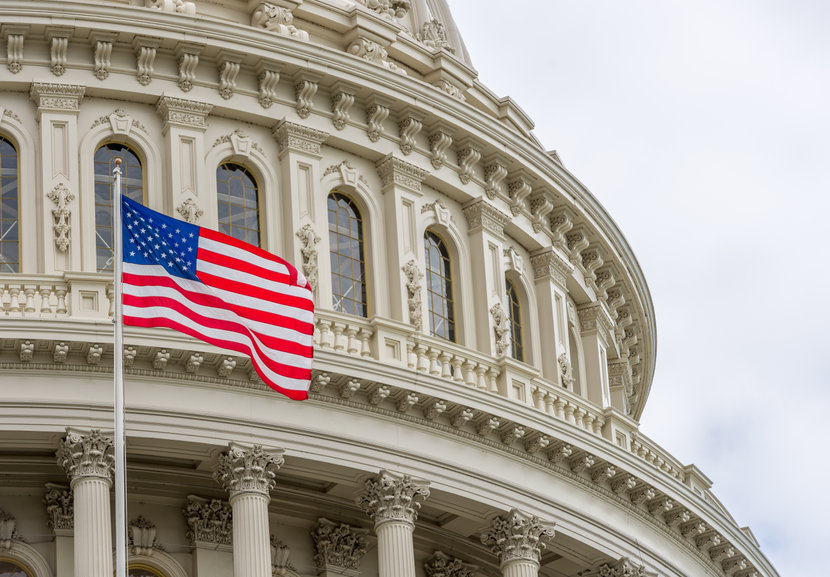
Stablecoin regulation is one of the key issues in the President’s Working Group on crypto.
US Treasury Undersecretary for Domestic Finance has said there is a need for Congress to move with speed in enacting legislation related to the fast-growing stablecoin market.
Nellie Liang noted this during an interview with Bloomberg on Tuesday, noting that the lawmakers need to ensure there are regulatory guardrails in place to provide for innovation as well as offer protection to consumers.
According to Liang, the matter is an urgent one given how rapidly the cryptocurrency stablecoin market has grown over the past two years.
She told Bloomberg that lack of clarity on the subject hurts innovation and creates regulatory risks. She added that at the moment, US regulators cannot adequately address all the risks likely to come with stablecoin adoption.
The Treasury official believes Congress has the power to lend a helping hand to the likes of the US Securities and Exchange Commission (SEC) and the Commodity Futures Trading Commission (CFTC).
Congress can help close the “regulatory gaps,” noting some of these are already hinted to in the Presidential Working Group (PWG) report on cryptocurrency and stablecoin.
Liang also noted during the interview that the PWG report forms part of a wider effort from the US government towards crypto regulation. She also believes Biden’s administration is set to provide further details on how authorities plan to handle the issue of promoting innovation and financial inclusion.
However, she says stablecoins’ “potential” for use in payments comes with a “whole set of issues,” including its use in illegal financial transactions.
The stablecoin market is currently a multi-billion industry, growing fifteenfold since 2020 amid increased adoption across retail and institutional levels.
Last week, Meta Platforms ended its Diem stablecoin project citing regulatory challenges. The Facebook parent sold Diem’s intellectual property and assets to Silvergate Capital, which plans to invest further into the innovation.

